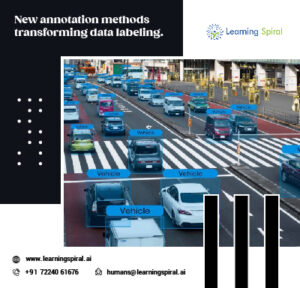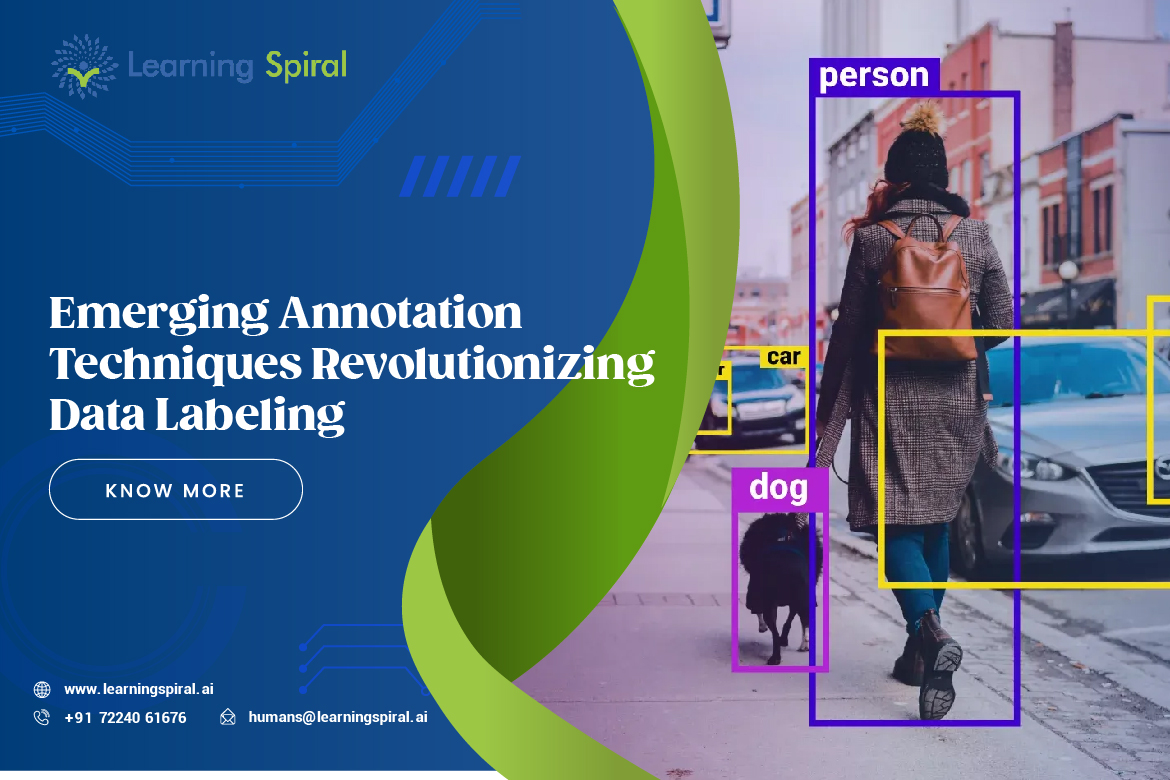Data labeling, the process of annotating raw data with relevant information, is a cornerstone of machine learning and artificial intelligence. As these fields continue to evolve, so too must the techniques used for data labeling.
This article explores some of the emerging annotation techniques that are revolutionizing the way we prepare data for training AI models.
- Active Learning

Active learning is a machine learning technique that prioritizes the labeling of the most informative data points. Rather than labeling all data randomly, the algorithm actively selects the examples that are most likely to improve model performance.
This can significantly reduce the amount of human effort required for labeling, while still achieving high-quality results.
- Synthetic Data Generation
Synthetic data is generated using simulation tools or algorithms, mimicking the characteristics of real-world data. This approach can be particularly useful when real-world data is limited or difficult to obtain.
By generating synthetic data, organizations can augment their datasets and improve the diversity and robustness of their models.
- Weak Supervision
Weak supervision involves using noisy or imperfect labels to train machine learning models. This can be helpful when obtaining high-quality labels is challenging or expensive.
By leveraging weak supervision, organizations can leverage existing data sources and accelerate the training process.
- Transfer Learning
Transfer learning involves using a pre-trained model on one task to improve performance on a related task. This can be particularly effective when the two tasks share similar features or patterns.
By transferring knowledge from a pre-trained model, organizations can reduce the amount of data required for training. Hence, accelerating the development of new models.
- Automated Annotation Tools
Automated annotation tools leverage computer vision and natural language processing to reduce the amount of manual labeling required. These tools can be used to identify objects, extract text, or segment images, automating tasks that were previously performed manually.
- Human-in-the-Loop Annotation
Human-in-the-loop annotation combines human expertise with machine learning to improve the accuracy and efficiency of the labeling process. By incorporating human feedback into the annotation pipeline, organizations can ensure that the labels are accurate and consistent.
- Federated Learning
Federated learning is a distributed machine learning technique that allows multiple devices or organizations to collaborate on training a model without sharing their data. This can be particularly useful for organizations that are concerned about data privacy.
By using federated learning, organizations can train models on large-scale datasets while preserving the privacy of their data.
These emerging annotation techniques are transforming the way we prepare data for training AI models. By leveraging these techniques, organizations can improve the accuracy, efficiency, and scalability of their data labeling processes, accelerating the development of innovative AI applications.




